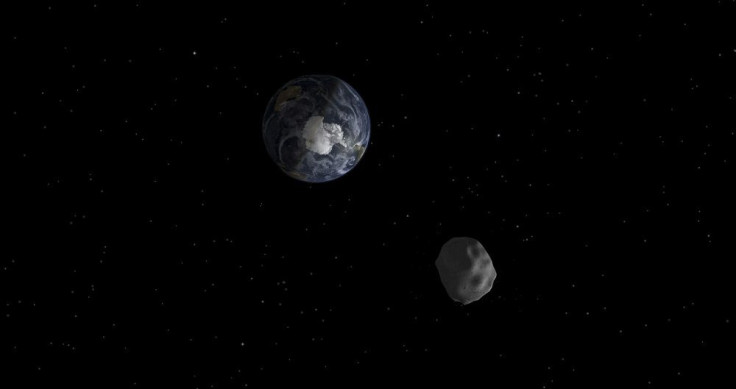Asteroid 2009ES & other killer asteroids hurtling through space spark end-of-the-world fears despite NASA assurance

Besides the asteroid 2009ES heading towards Earth, there are still other killer asteroids hurtling through space and have the potential to become impactors. One of them, according to experts, would pass close than half the distance to the Moon in less than 13 years.
In contrast, asteroid 2009ES would pass within 18.8 lunar distances from Earth. With the killer asteroid having enough energy equivalent to 3 billion nuclear bombs, if it hits the Earth, the discovery by Chinese astronomer Zhao Haibin is sparking end-of-the-world scenarios.
In September 2015, the National Aeronautics and Space Administration (NASA) released a statement to assure the public that asteroid 2009ES would not hit the planet within a few hundred years. Paul Chodas, manager of NASA’s Near-Earth Object office at the Jet Propulsion Laboratory in Pasadena, California, then assured, “There is no scientific basis – not one shred of evidence – that an asteroid or any other celestial object will impact Earth on those days.”
Reactions to reports about the killer asteroid range from fear to humour on Twitter. Tiziana Impiombat for instance, asks, “it is supposed to come again? I mean … today? Seriously?? So, it’s Doomsday.” A.I.P. then suggested that if asteroid 2009ES is really headed toward Earth, “we might have to call on Bruce Willis!” Sunset is also asking “Why China is the only country warning the world?”
However, asteroid 2009ES is only one of many potentially hazardous asteroids which NASA and the International Astronomical Union’s Minor Planet Center are monitoring. One of it is 101955 Bennu which is estimated to approach within 0.005 Astronomical Units of Earth, or less than half a million miles or less than two Lunar Distances, in 2060.
Meanwhile, the center reports that Asteroid 2016 SG was first observed on Sept 22 by the Mt Lemmon Survey. However, it will fly by Earth harmlessly on Sept 27 at 4:34 UT at 2.3 times the distance to the Moon at a speed of 15.9 km/second. Its estimated size is 9 to 30 metres.
On Sept 8, NASA deployed the Origins Spectral Interpretation Resource Identification Security – Regolith Explorer (OSIRIS-REx) to study the asteroid 101955 Bennu, discovered in 1999 and crosses the Earth’s orbit every six years. Scientists at Arizona University predict Bennu would fly between the Earth and Moon so close that gravity from Earth could affect its orbit.
VIDEO: ASTEROID TO STRIKE PLANET/NASA Forms Asteroid Division
Source: BPEarthWatch






